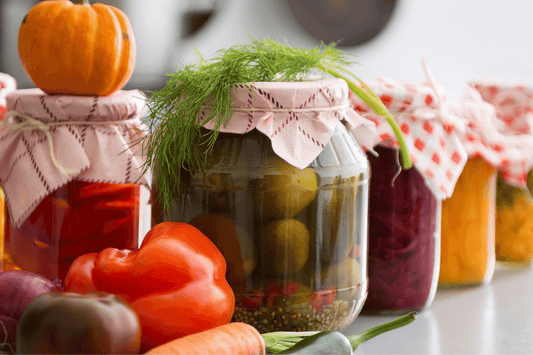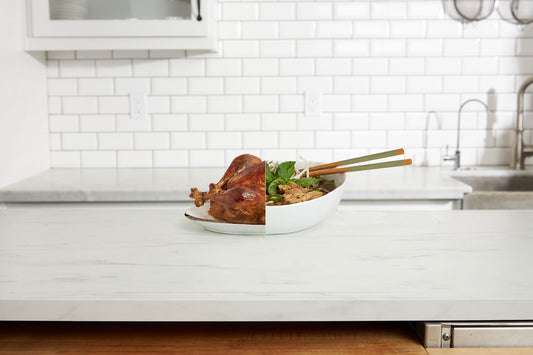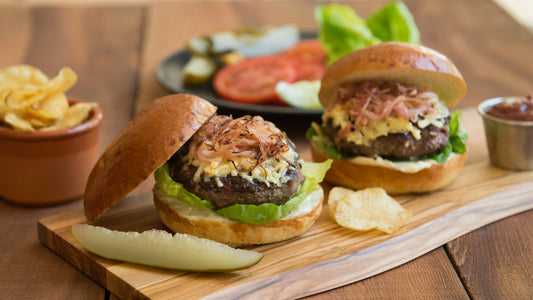Scallops – Brine & Dry
You may be familiar with brining your Thanksgiving turkey, but have you ever tried brining scallops? Most store-bought scallops are soaked in a phosphate solution that causes them to retain water. Dry heat is key to getting the ideal sear, so when you put a scallop straight from the bag into a hot pan, it will release this retained water and leave you with rubbery, pale scallops. To prevent this, we simply soak the scallops in a light brine (5% salinity), then thoroughly dry each scallop with paper towel before searing in hot oil. This helps to achieve a perfect, golden brown crust that contrasts beautifully with the scallop’s tender, sweet interior.
Steak – All About the Oil
Chefs sear their proteins over a dry, high heat to capture the magic of Maillard as quickly as possible. But as anyone who’s fried an egg in an unoiled pan knows, the Maillard isn’t the only reaction occurring. The food also reacts to the pan. Oil creates a thin, super-heated barrier above the pan so you can rapidly denature and coagulate the proteins on the bottom of your steak before it even contacts the cooking surface. Though essential, oil should be used sparingly – use just enough to coat the bottom of the pan.Salmon – Patience is a Virtue
One of the most important lessons of cooking, and possibly the hardest to master, is patience. No matter your experience level, there’s an urge to poke, prod, stir, but oftentimes the best thing you can do as a cook is simply let it be. Nothing highlights this better than searing crispy skin fish. When you sear salmon, or any skin-on fish filet, the rules are deceptively simple — get the pan screaming hot (but not smoking), add your filet, and then don’t touch it.






